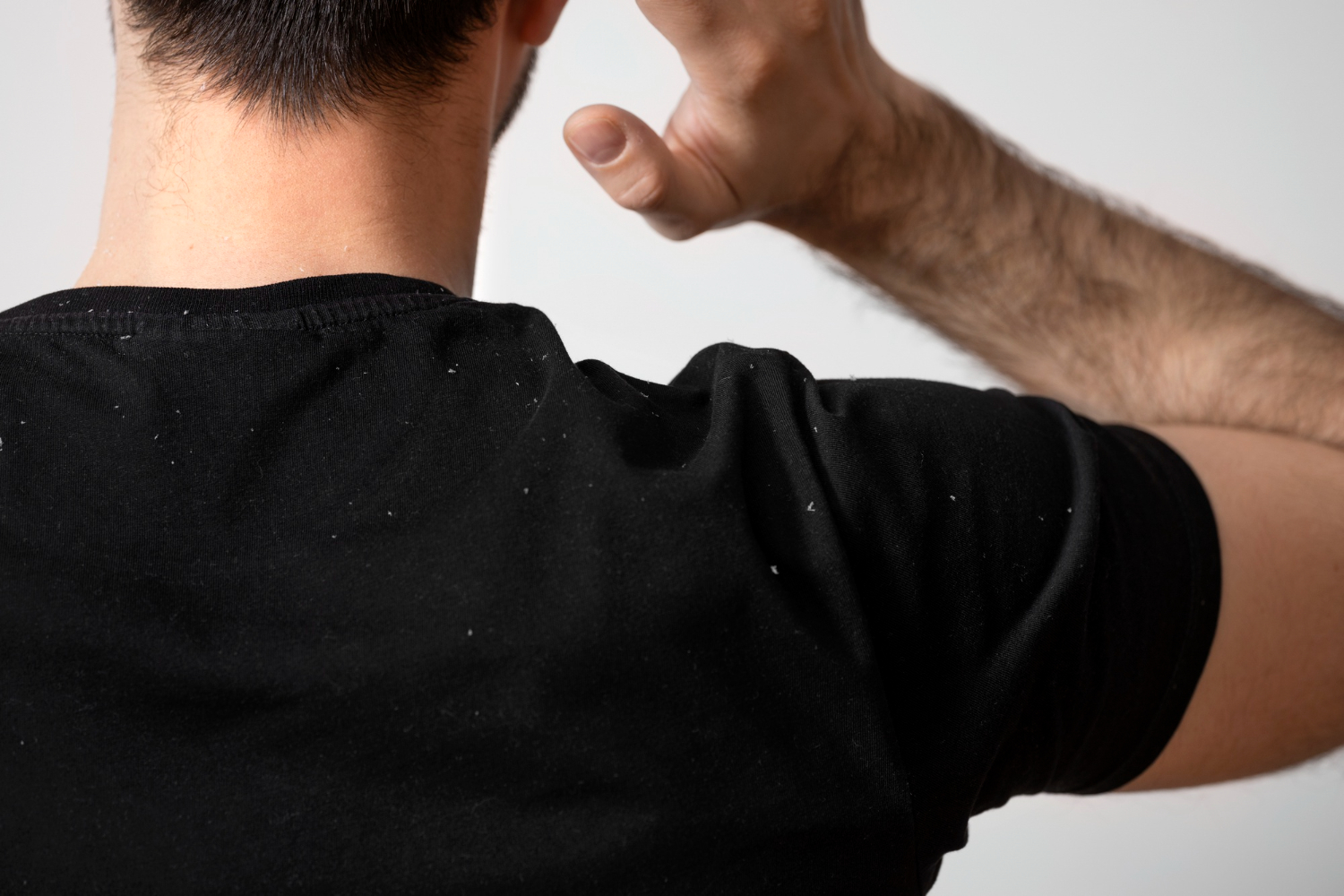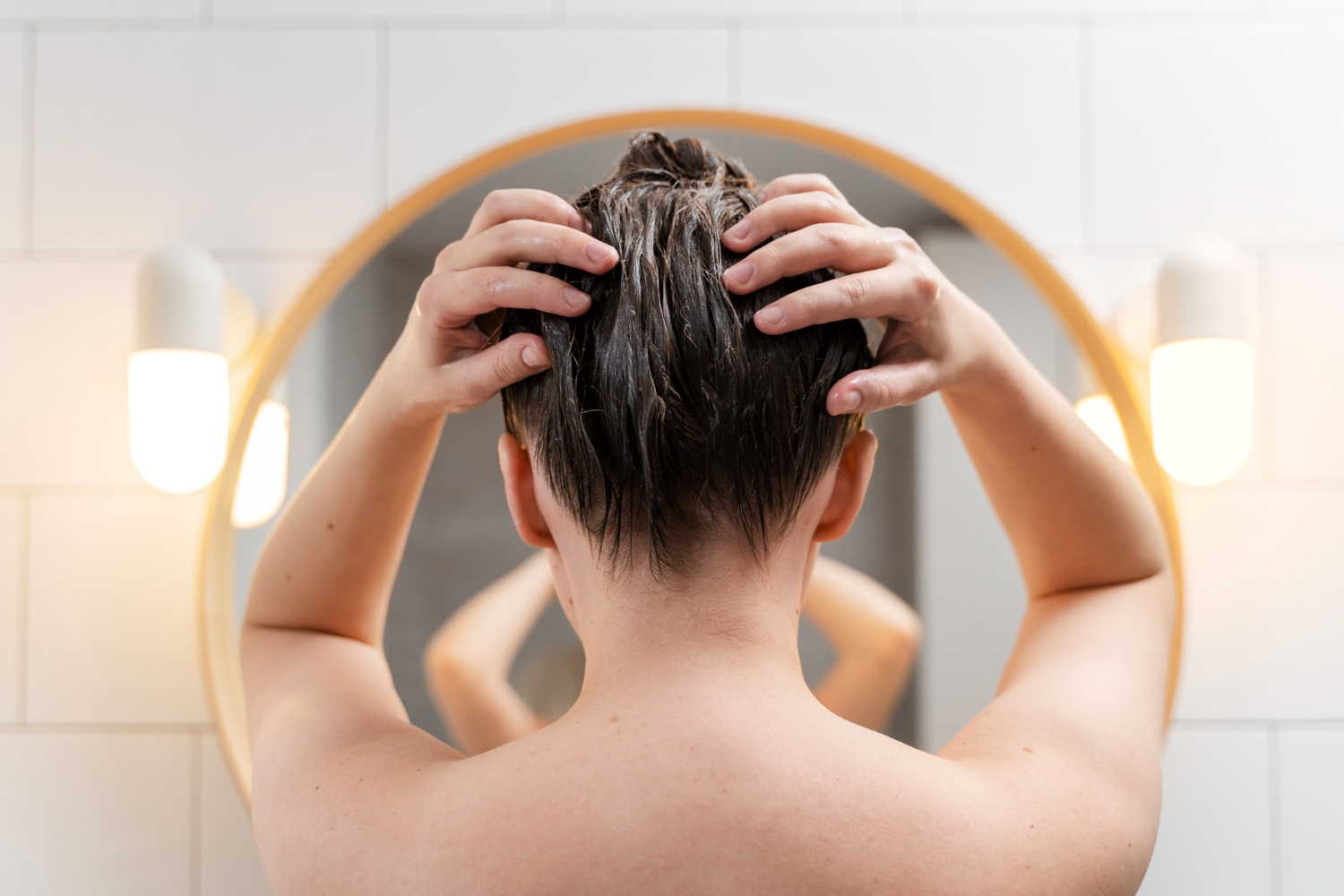
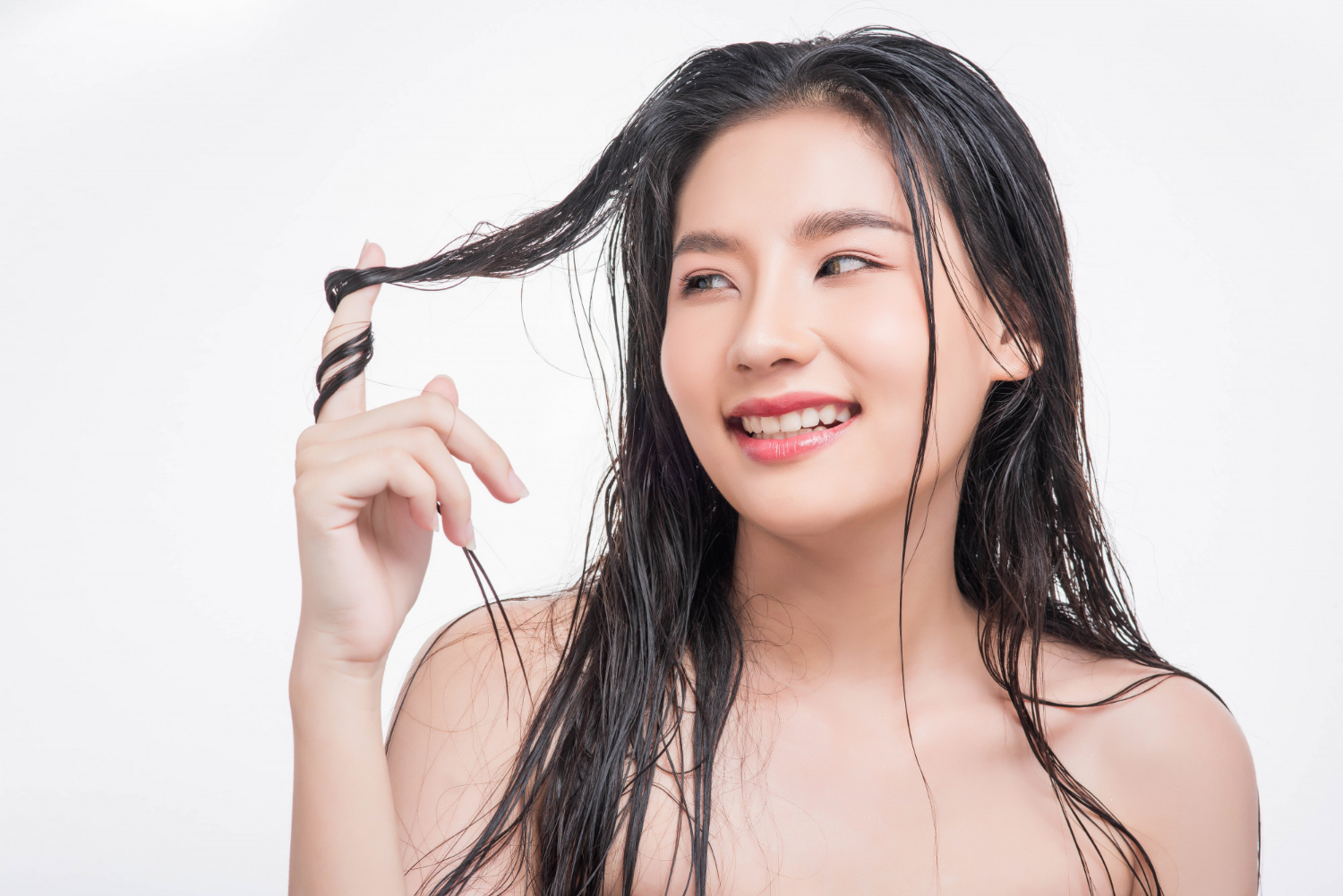
A healthy scalp is the quiet hero of great hair. When it’s balanced—neither too oily nor too dry—your hair feels softer, looks fuller, and cooperates when you style it. When it’s not, you’ll likely notice itch, flakes, oil build-up, or tenderness that makes haircare feel like a chore. Let’s break down what “healthy” really means, what can throw your scalp off track, and the simple tweaks that make the biggest difference. Understanding what is a healthy scalp is essential for maintaining optimal hair health.
Think of your scalp as soil and your hair as a plant. Good soil grows strong plants; stressed soil struggles. Your follicles live in the scalp’s top layers, so any ongoing irritation, build-up, or dehydration can influence hair quality over time.
Recognizing what is a healthy scalp can help you identify issues before they escalate.
Your scalp has a protective barrier (a mix of lipids and cells), a friendly community of microbes (the microbiome), and sebaceous glands that produce natural oils. Healthy means: the barrier isn’t leaky, the microbiome is diverse and steady, and oil production suits your hair and climate. Upset any part of this trio and issues tend to follow.
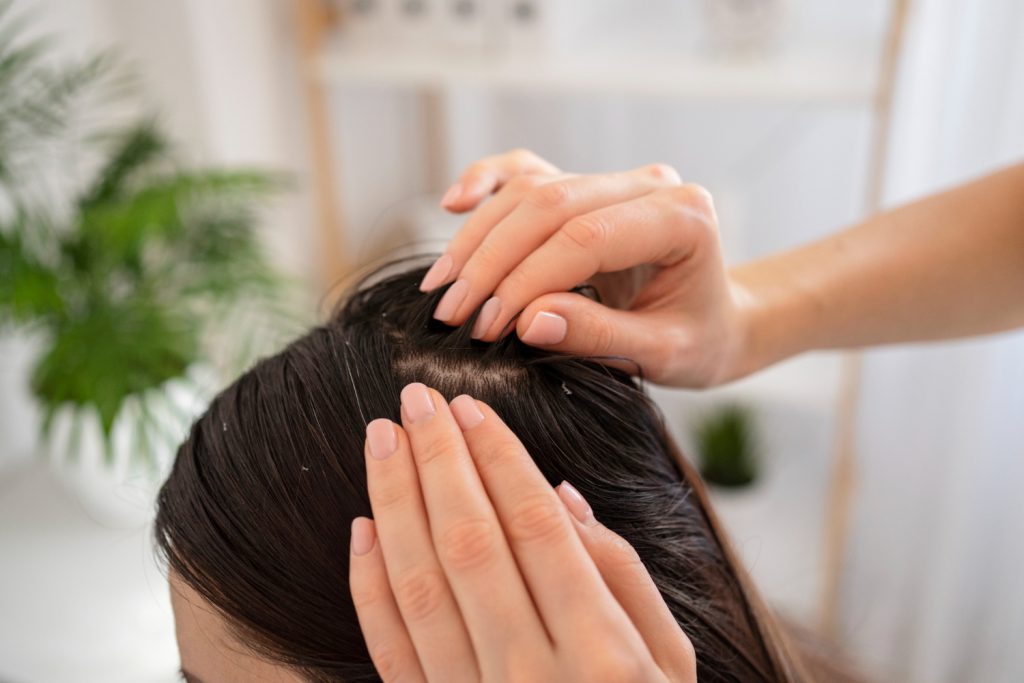
Skin tone looks even—no angry red patches.
Little to no visible flakes between washes.
Roots feel fresh, not waxy or coated.
Hair has a natural lift at the roots without feeling parched.
A healthy scalp is low-drama—no constant itch, sting, or tightness. After washing, it should feel clean but not stripped; after a few days, not swampy.
White, fine flakes; tight feeling after washing; hair that looks dull quickly.
Greasy roots within 24–48 hours, limp volume, residue that sticks under your nails when you scratch.
Persistent itch, tender bumps around follicles, or areas that look inflamed.
A sour or musty smell between washes, or a burning sensation when using common products.
Over-washing can strip the barrier; under-washing can invite build-up. Heavy stylers, dry shampoo every day, and not rinsing thoroughly can all clog things up. Tight hairstyles and constant high heat also stress the scalp.
Some people naturally produce more oil; others have drier skin from the neck up. Hair density, curl pattern, and length also change how oils travel and how often you need to cleanse.
Humidity, heat, sweat after workouts, dusty commutes, helmets or head coverings, and even hard water can all nudge the scalp toward imbalance.
When the balance of yeast and bacteria changes—often due to stress, climate, or products—low-grade inflammation can show up as itch and flakes.
If you have persistent thick scaling, painful sores, sudden shedding, or bald patches, speak with a medical professional. Conditions like seborrhoeic dermatitis, psoriasis, or fungal infections may need targeted treatment.
Tight after washing, fine white flakes, feels better with gentle cleansers and hydrating toners.
Greasy roots by day two, limp volume; benefits from frequent gentle washes and light leave-ins.
Oily crown but dry hairline/nape; needs targeted care (e.g., cleanse crown more thoroughly, treat dry zones gently).
Stings or reddens easily; prefers fragrance-light formulas and minimal layering.
Visible flakes and itch; needs rebalancing cleansers, regular gentle exfoliation, and consistent routines.
Match frequency to your oil level and lifestyle. For most, 2–4 washes a week works; after sweaty workouts, a quick gentle cleanse helps. Emulsify shampoo in your hands first, apply to the scalp (not the lengths), and massage for 60–90 seconds before rinsing thoroughly.
Conditioner belongs mainly on mid-lengths to ends. If your scalp is dry, a light touch at the hairline can help, but avoid coating the roots. Rinse until hair feels silky but not slippery.
Use your fingertips (not nails) in small circles for one minute daily. It encourages micro-circulation and helps lift product residue before washing—like loosening dust before vacuuming.
Lower your dryer’s heat, keep tools moving, and use heat protection when you style. Give tight ponytails a break. Silk or satin pillowcases reduce friction overnight.
Aim for regular sleep, manage stress where you can, and include a variety of protein, colourful veg, and healthy fats. Hydration matters more than we credit for scalp comfort.
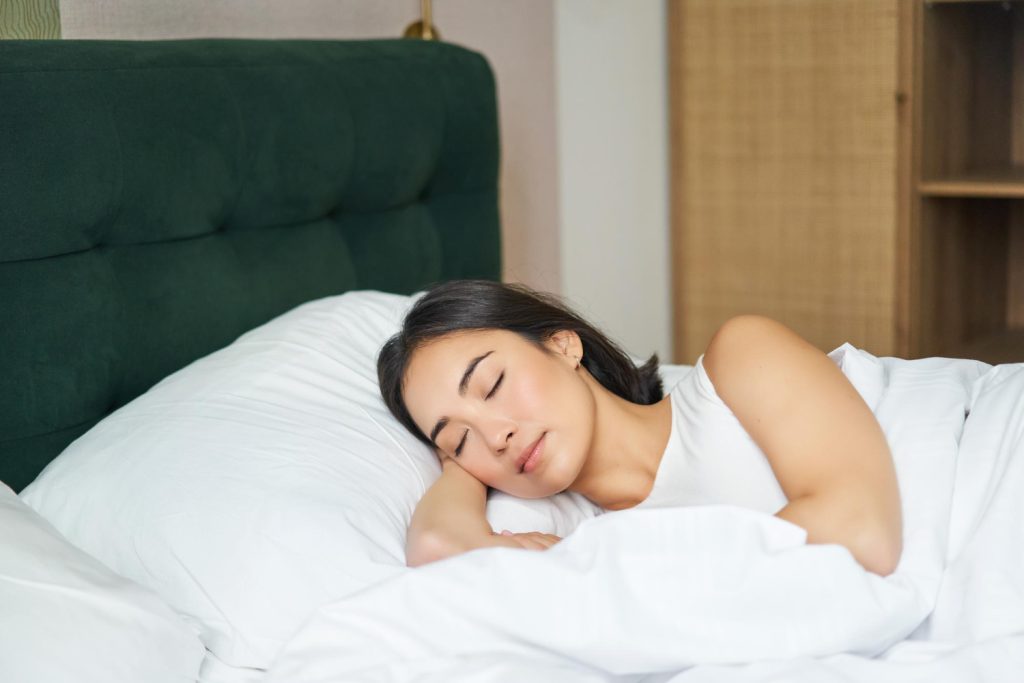
Formulas labelled “gentle” or “daily” are typically milder on the barrier while still lifting sweat and product.
They can help regulate oil, reduce redness look, and support the barrier.
Great for comfort and hydration, especially after sun or heat exposure.
This beta-hydroxy acid helps dissolve build-up at the follicle opening and reduce visible flakes.
Pulls water into the upper skin layers without feeling heavy.
Rich butters, pomades, and thick oils can suffocate the roots on some scalps. If you love them, keep them for the ends.
If your scalp reacts easily, choose simpler formulas.
Sprays, powders, and strong gels are fine—just commit to a proper cleanse that evening or the next day.
Use a clarifying shampoo every 1–2 weeks if you layer products or live with humidity and sweat. If your water is very hard (minerals), a chelating wash once a month can help remove mineral film that makes roots dull.
A gentle salicylic or lactic acid lotion once a week can loosen dead skin without scrubbing. If you enjoy physical scrubs, choose very fine textures and massage lightly—never on sore or broken skin.
On very dry or curly hair, a light pre-wash oil on lengths protects from over-cleansing. For scalp comfort, choose lightweight pre-wash masks that rinse clean.
Water-light toners with soothing or balancing ingredients can keep the scalp comfortable between washes. Apply sparingly along partings.
A professional scalp treatment targets the root causes of itch, flakes, oiliness, or sensitivity—without weighing your hair down. Think of it as a reset for the scalp barrier and follicles.
Wash: 2–3× weekly with a gentle shampoo.
Add: Hydrating scalp toner after wash.
Weekly: Light chemical exfoliant once a week.
Style: Avoid heavy alcohol sprays; finish with a nourishing serum on ends.
Wash: 3–5× weekly, focusing on the crown.
Add: Niacinamide or zinc PCA leave-in on scalp lines.
Weekly: Clarify every 1–2 weeks to reset.
Style: Choose lightweight gels/foams and rinse thoroughly.
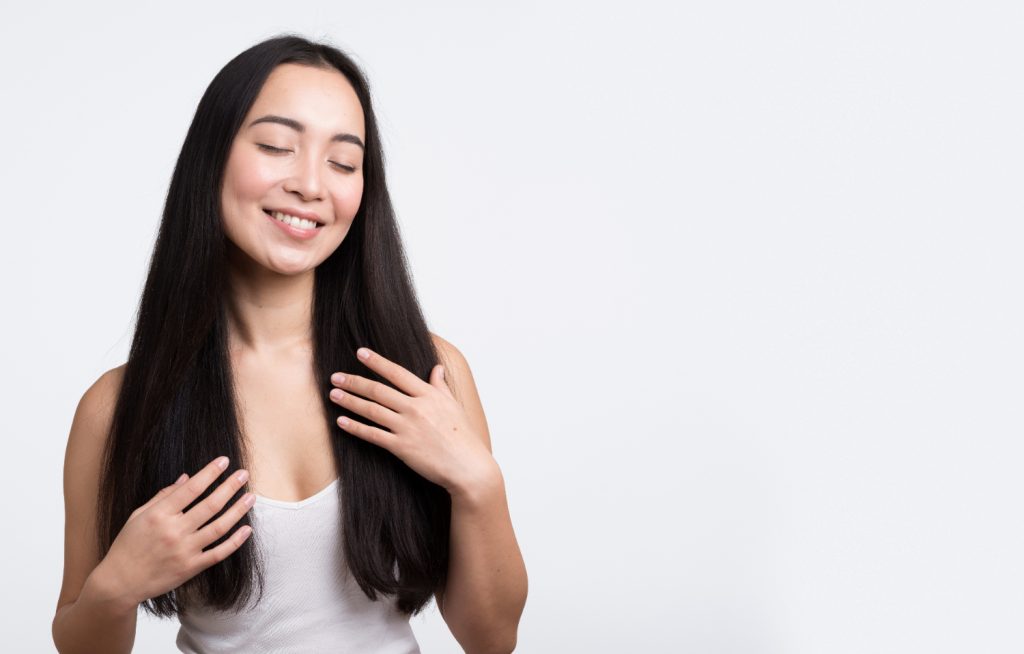
Wash: 2–3× weekly with simple formulas.
Add: Soothing leave-in (panthenol, oat).
Avoid: Over-fragranced stylers and tight headwear.
Heat: Lower temperature, keep tools moving.
Wash: As directed by your chosen anti-flake formula or 3–4× weekly with salicylic acid.
Add: Scalp toner on non-wash days.
Weekly: Gentle chemical exfoliant; skip scrubs if irritated.
Style: Keep roots light; cleanse after heavy product days.
If you’re using the wrong cleanser, washing less simply allows more build-up. Switch to a gentler formula and rinse well instead of stretching washes indefinitely.
Oil can soften, but it doesn’t add water. For tight, itchy scalps, add humectants (like glycerin) and calming ingredients alongside any light oils.
Flakes often come from microbiome shifts and barrier irritation, not poor hygiene. Consistency with the right products matters more than scrubbing harder.
If itch, pain, thick scale, or odour persist beyond a few weeks of good care, get a professional opinion.
Fast changes deserve timely assessment to rule out underlying conditions.
A professional can examine the scalp, review your routine, and suggest targeted treatments or medications if needed. Bring a list of products and how often you use them—that context helps.
Any sore spots or stubborn itch?
Flakes improved, same, or worse?
Roots fresh by day two, or heavy?
Any product you can reduce or swap for a lighter option?
Did you rinse for a full minute longer than usual?
A healthy scalp is balanced, comfortable, and low-maintenance—no constant itch, no heavy residue, and no drama between washes. Most people can get there by matching wash frequency to their lifestyle, keeping products light at the roots, and using helpful ingredients like niacinamide, panthenol, and salicylic acid when needed. Layer in weekly habits—gentle exfoliation, occasional clarifying, mindful heat—and you’ll create the calm foundation your hair needs to look its best. If symptoms persist or get worse, speak to a professional for tailored care and scalp treatment.

